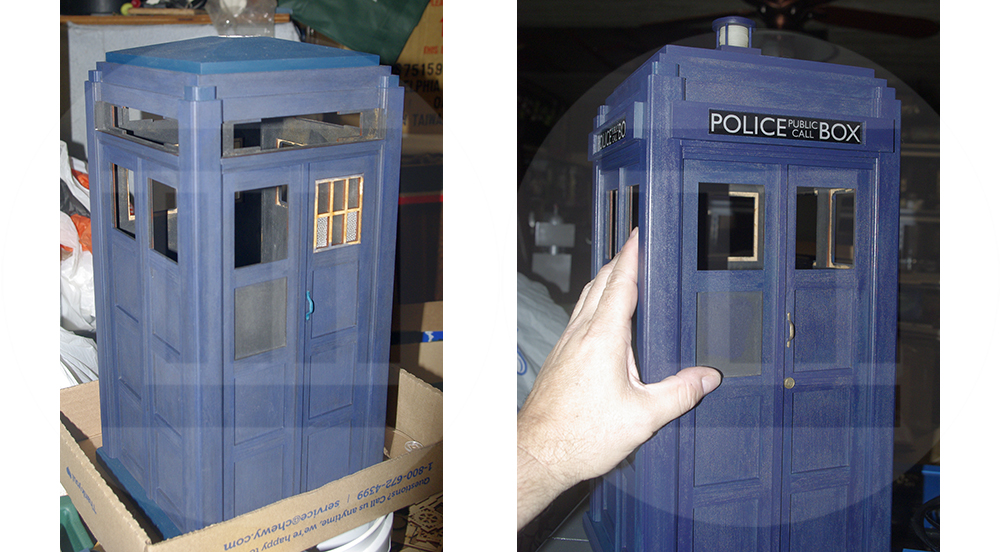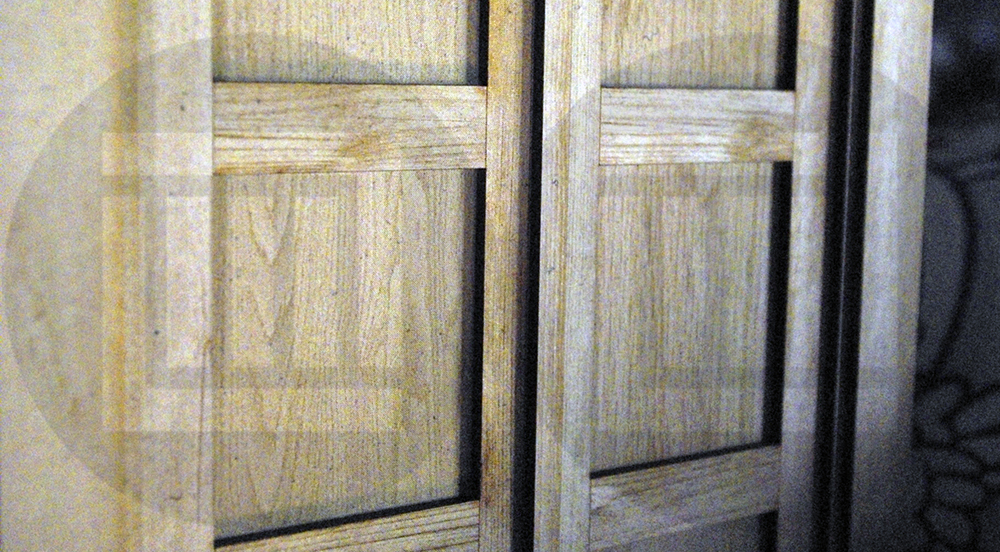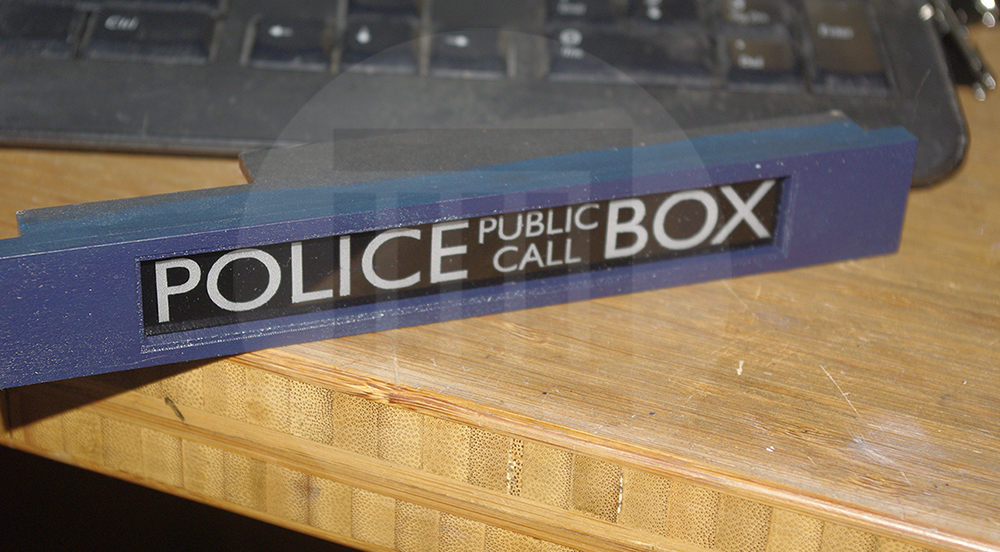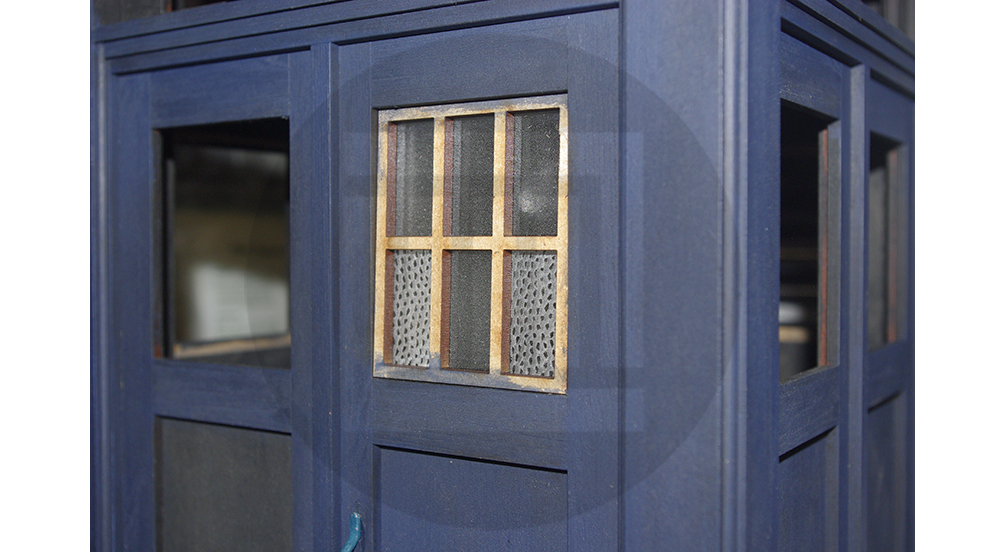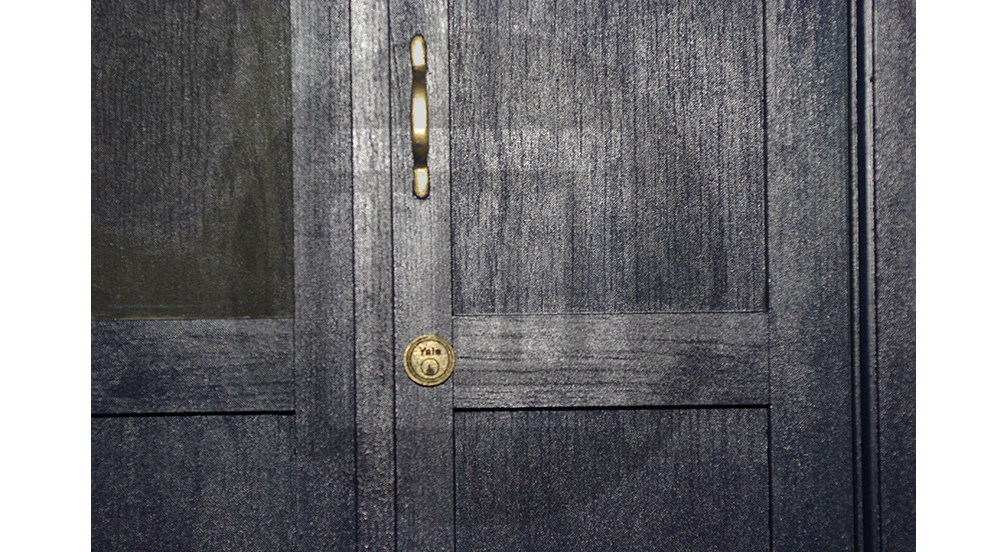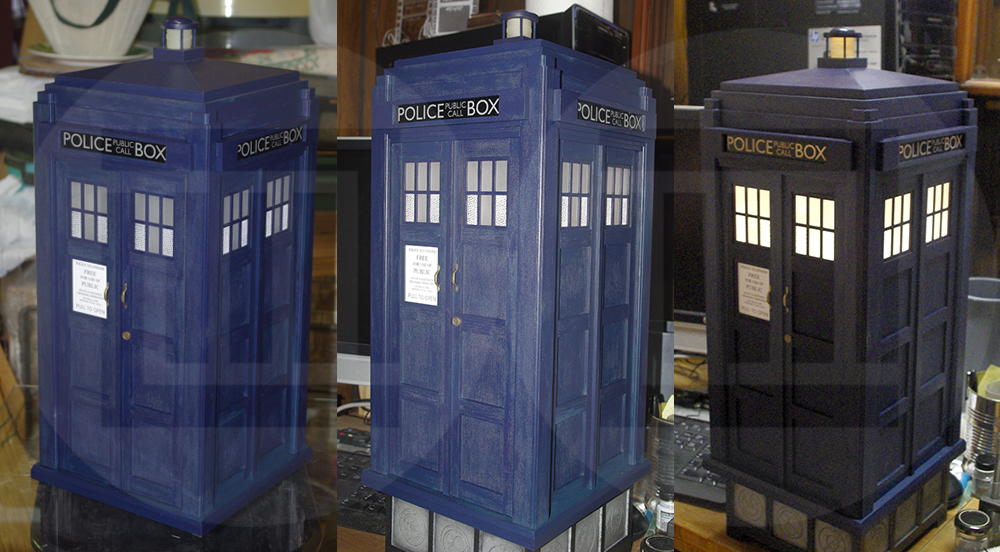TARDIS
1:6 Scale TARDIS Model Commission
Over the years I've built so many TARDIS reproductions, both big and small, that I could just about make them in my sleep!
Ever since the last full-sized TARDIS I built, I'd wanted to make a scale model version of it. It was my favorite since I had finally been able to design one that appealed to my own aesthetic sense while also appealing to the client.
In 2017 I was commissioned to build a scale model of the TARDIS for an art gallery show, so that seemed like the perfect opportunity!
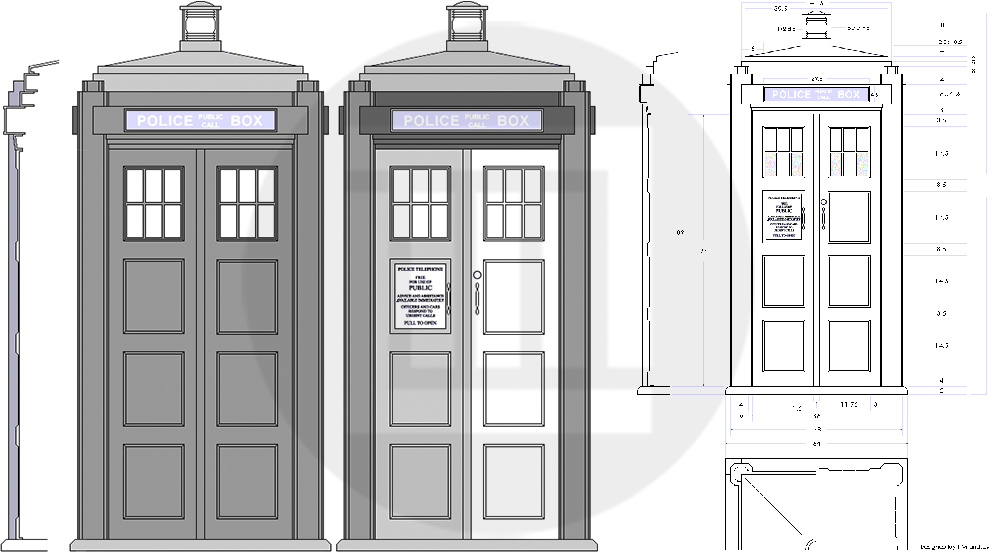
Concept & Planning
I took the blueprints I had drawn for a 1:1 version, scaled them down to 1:6 scale, then re-drew and re-engineered all of the pieces as vector files for my laser cutter. I chose 1:6 scale since it wasn't too big, but was still big enough to be impressive.
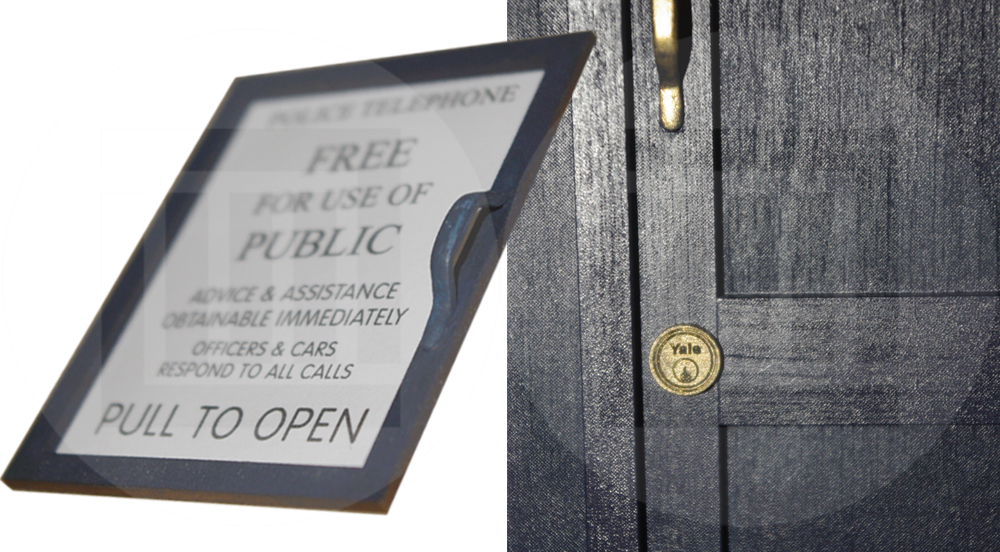
Fine Details
I couldn’t find scale door handles, so I spent 10 hours hammering heavy-gauge copper wire flat, bending it to shape, then filing the contours and rounding off the edges to make them. The detail for the Yale door lock is accurate to the TV prop. It even has a key hole etched in!
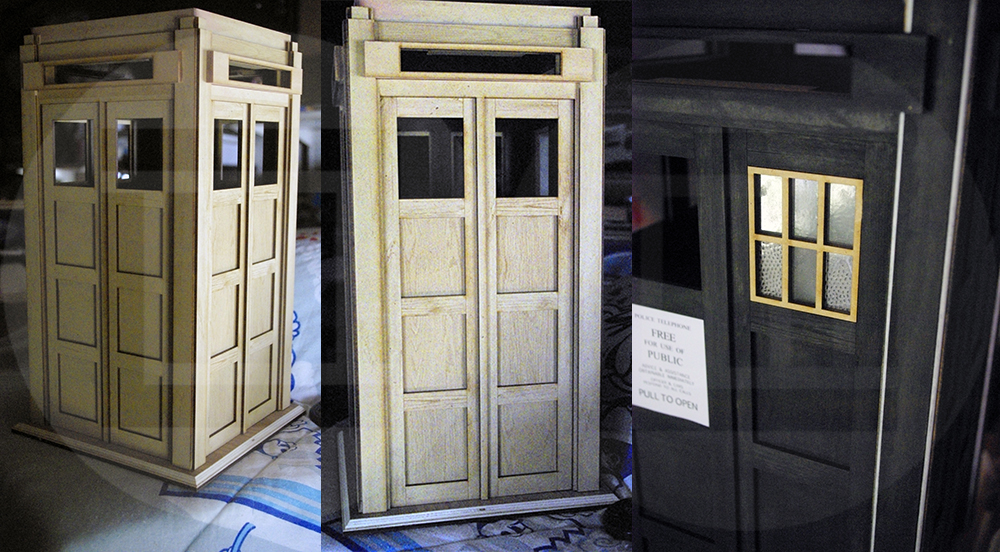
Assembly
I used small styrene quarter-round strips to finish off the corner posts and gave it a final inspection before painting. I had the frosted lamp "glass" 3D printed since I could not find a scale plastic one and I wanted to avoid tooling one out of acrylic tube on a lathe.
